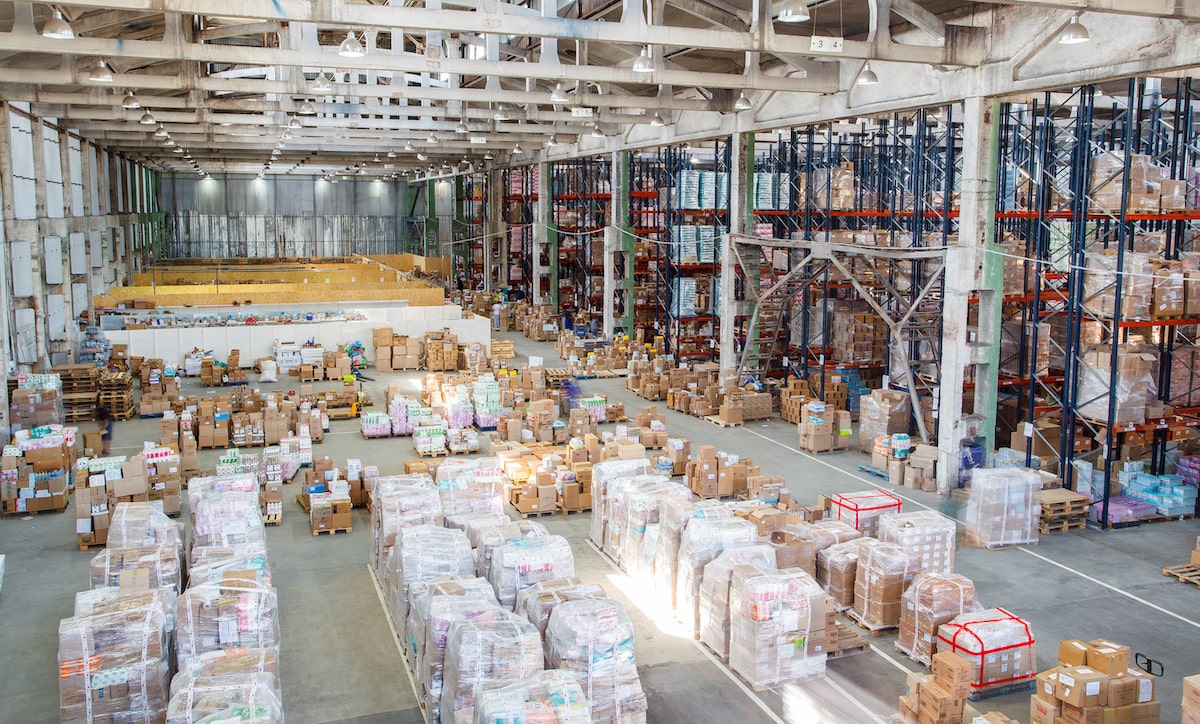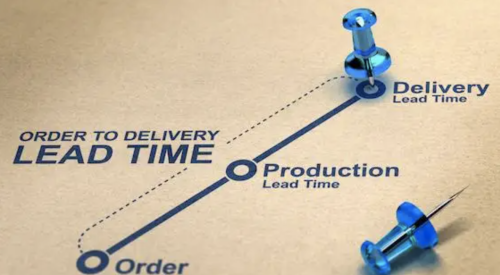The ‘just-in-time’ supply chain strategy meant to boost efficiency and eliminate storage time was nearly wiped out during the COVID-19 pandemic as delays, backlogs, and material shortages quickly became the norm. According to supply chain management experts like Lisa Anderson, CEO of LMA Consulting, the just-in-time concept can no longer be taken literally, and rather than leaning on a dependable supply chain, businesses instead have to account for risk when ordering ahead, Construction Dive reports.
Similarly, Abe Eshkenazi, CEO of the Association for Supply Chain Management, says that companies should consider a ‘just-in-case’ system, which depends on extra stock and buffers for high-demand products to allow businesses to stay on track.
While just-in-case has value, that’s not to say that companies should completely abandon just-in-time as inventory levels remain elevated. A modified version of just-in-time can be beneficial where companies only stockpile certain vulnerable items to avoid fallout from potential disruptions. Clearly consumers still have an expectation of high variety, rapid delivery and reasonable cost that defined just-in-time supply chains.













